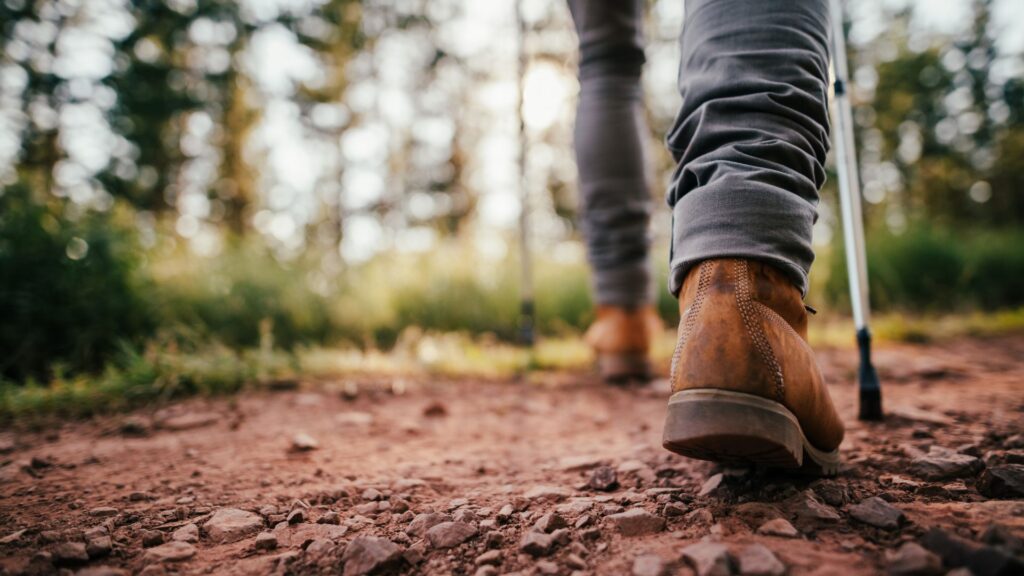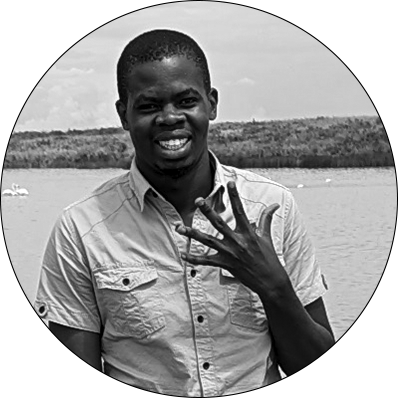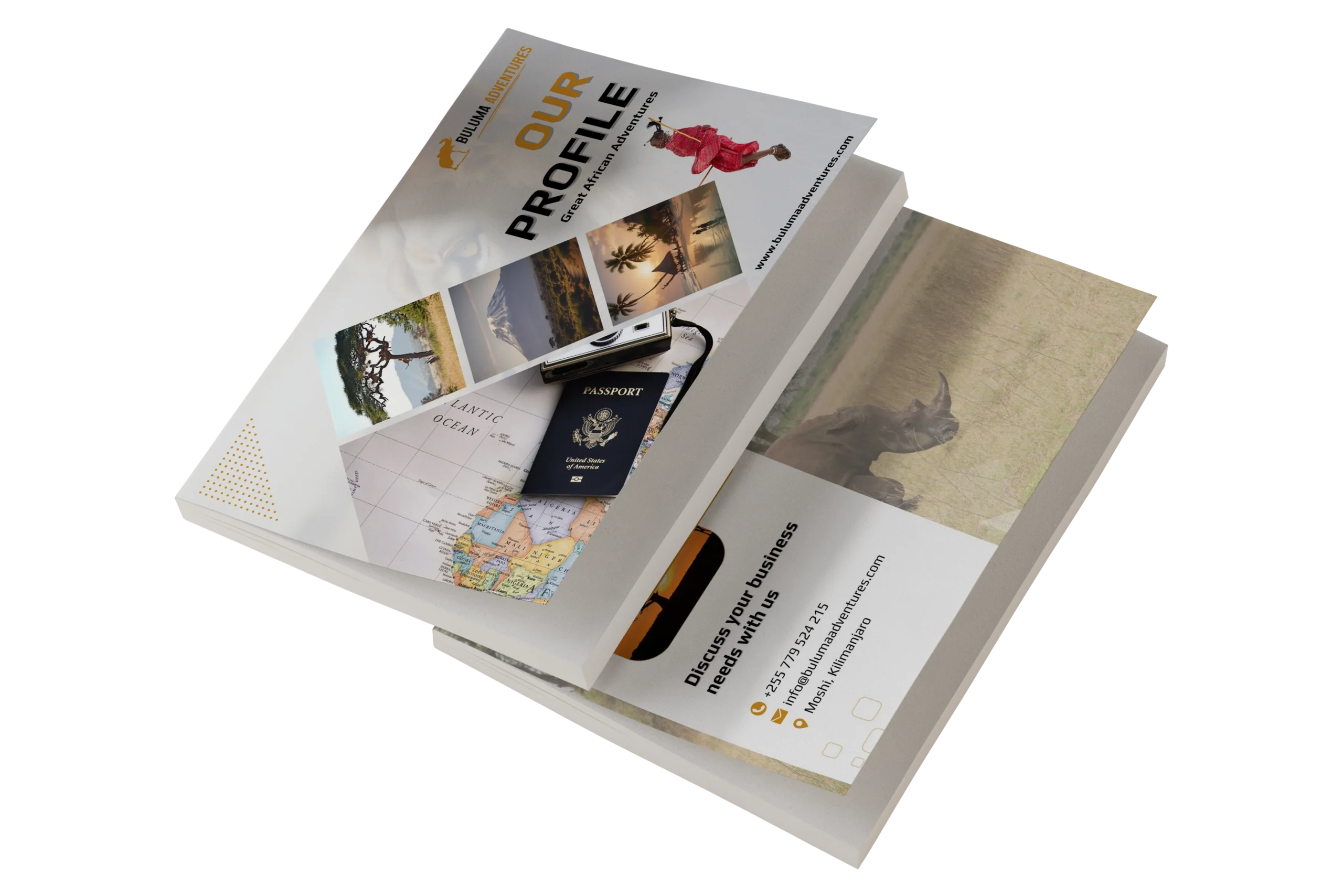MAKE FEEL AT HOME
Mount Kilimanjaro, standing at 5,895 meters (19,341 feet), is Africa’s tallest mountain and one of the most iconic natural wonders in the world. Located in northeastern Tanzania, Kilimanjaro offers a unique opportunity to trek from tropical rainforests to alpine deserts, all the way to its snow-capped summit. For adventurers, it is both a physical challenge and a remarkable journey through diverse landscapes.
Choosing the right route to climb Kilimanjaro is crucial for a successful and enjoyable trek. Each route varies in terms of difficulty, scenery, acclimatization time, and overall experience. Picking the best one based on your fitness level, time, and preferences can significantly increase your chances of reaching the summit while enjoying the breathtaking views Kilimanjaro has to offer.

Mount Kilimanjaro is a dream destination for adventurers around the world. As Africa’s highest peak, it offers a thrilling and rewarding challenge, but selecting the best route to climb Kilimanjaro can significantly affect your overall experience. Different routes offer varying degrees of difficulty, scenery, acclimatization time, and comfort.
Here’s an overview of the most popular routes to help you choose the one that suits you best.
Overview: Marangu is the oldest and only route on Kilimanjaro that offers hut accommodations, making it a unique option.
Difficulty level: Moderate.
Scenery: This route provides less varied scenery compared to other routes, with fewer dramatic landscapes.
Acclimatization: The Marangu Route is shorter, offering less time for acclimatization, which can affect summit success rates.
Best for: Climbers who prefer a more comfortable ascent and want to complete the trek in a shorter time frame. Its hut accommodations make it ideal for those who don’t want to camp.
Overview: The Machame Route is one of the most popular ways to climb Kilimanjaro due to its breathtaking scenery and high success rates.
Difficulty level: Challenging but rewarding.
Scenery: It offers a diverse range of landscapes, from lush rainforests to the moorlands of the Shira Plateau.
Acclimatization: The route follows the “climb high, sleep low” principle, which helps improve acclimatization and increases summit success rates.
Best for: Adventurous climbers who are seeking a visually stunning experience and don’t mind a challenging trek. If you’re looking for the best route to climb Kilimanjaro for adventure and scenery, Machame is a top choice.
Overview: Known for its remote, scenic beauty and being less crowded, the Lemosho Route is ideal for those seeking solitude and nature.
Difficulty level: Moderate to challenging.
Scenery: The route passes through lush forests, moorlands, and high alpine deserts, with opportunities to spot wildlife along the lower sections.
Acclimatization: With a longer duration, the Lemosho Route offers better acclimatization, making it one of the routes with a higher success rate.
Best for: Climbers looking for a quieter and more scenic trek with ample time for acclimatization.
Overview: Rongai is the only route approaching Kilimanjaro from the north, offering a different perspective on the mountain.
Difficulty level: Moderate, with a steady and gradual ascent.
Scenery: This route offers dry, arid landscapes, and is often less crowded than other routes.
Acclimatization: Acclimatization on the Rongai Route isn’t as favorable, as the ascent is relatively fast.
Best for: Those looking for a quieter, more remote trek with gentler terrain. It’s a great option if you want a less steep initial ascent and a peaceful climbing experience.
Overview: The longest and most remote of all the Kilimanjaro routes, the Northern Circuit offers a full-circle trek around the mountain.
Difficulty level: Challenging but gradual.
Scenery: This route provides an opportunity to see nearly every side of Kilimanjaro, with breathtaking views from all angles.
Acclimatization: The extended duration of the Northern Circuit gives you plenty of time to acclimatize, making it one of the routes with the highest success rates.
Best for: Those who have the time and desire to experience a unique, secluded adventure with excellent acclimatization. If you’re searching for the best route to climb Kilimanjaro in terms of a slow, scenic, and rewarding experience, the Northern Circuit is perfect.
Overview: The Shira Route is similar to the Lemosho Route but starts at a higher altitude, making it more challenging from the beginning.
Difficulty level: Challenging due to the higher starting elevation.
Scenery: The route offers spectacular views of the Shira Plateau and moorlands.
Acclimatization: Acclimatization can be difficult on this route because of its higher starting point.
Best for: Experienced climbers who are well-prepared for a rapid ascent and seek a scenic route with fewer crowds.
Overview: Umbwe is the shortest and steepest route to the summit, known for its direct ascent.
Difficulty level: Very challenging and considered one of the toughest routes.
Scenery: The route offers dramatic scenery but is limited in terms of acclimatization time.
Acclimatization: Poor due to the fast ascent, making it more difficult to adapt to the altitude.
Best for: Highly experienced trekkers who are short on time and confident in their abilities to handle the challenge.
Choosing the best route to climb Kilimanjaro involves more than just picking the most popular option. Each route varies in difficulty, scenery, and overall experience.
Here are key factors to consider when selecting the right path for your Kilimanjaro adventure.
It’s essential to choose a route that matches your fitness level and trekking experience. Some routes, like Marangu and Rongai, are suitable for beginners due to their moderate difficulty and gradual ascents. On the other hand, more challenging routes like Machame, Lemosho, and Umbwe are better suited for experienced hikers or those seeking a more strenuous climb. Evaluate your physical condition and readiness for high-altitude trekking before deciding.
Acclimatization plays a significant role in your success on Kilimanjaro. Routes with longer itineraries, such as Lemosho and the Northern Circuit, offer more time to adjust to the altitude, increasing your chances of reaching the summit. Shorter routes, like Marangu or Umbwe, allow less time for acclimatization, which can lead to altitude sickness and lower success rates. If you’re aiming for the highest probability of success, opt for a route with a longer acclimatization period.
Kilimanjaro offers a range of scenic landscapes, from lush rainforests to alpine deserts. Some routes, such as Machame and Lemosho, offer diverse and dramatic scenery, including rainforests, moorlands, and sweeping views of the Shira Plateau. Others, like Rongai, present more arid, drier landscapes. Consider what type of scenery appeals to you the most when choosing your route.
The length of the route directly impacts your overall experience and acclimatization. Longer routes like Lemosho and the Northern Circuit provide more gradual ascents, giving your body ample time to adjust to the altitude. If you have the time, these routes offer a more relaxed and enjoyable experience. Shorter routes, like Marangu and Umbwe, are faster but come with a higher risk of altitude sickness.
Some routes, such as Machame, are very popular and can be crowded, especially during peak climbing season. If you prefer a quieter, more private trek, consider routes like Lemosho or Rongai, which are less frequented by climbers. The Northern Circuit also offers a more secluded experience, allowing you to enjoy the beauty of Kilimanjaro in relative solitude.
Your budget is another important factor. Routes like Marangu are typically less expensive due to their shorter duration and hut accommodations, which eliminate the need for camping gear. Longer routes, like Lemosho or the Northern Circuit, may be more expensive due to the extra days on the mountain and the need for additional camping supplies and guides. If budget is a concern, Marangu may be a more affordable option, but consider that longer routes may offer a better overall experience and higher success rates.

Masunzu Jidayi’s passion for wildlife and adventure began in 2020 as he was completing his bachelor’s degree in Wildlife Management at Sokoine University of Agriculture (SUA). His academic background, combined with his growing interest in Tanzania’s rich biodiversity, inspired him to explore the world of wildlife tourism and conservation. This early exposure ignited a deep commitment to learning about Tanzania’s diverse landscapes, from the Serengeti plains to the majestic Mount Kilimanjaro.
A dedicated traveler, Masunzu spends much of his time immersing himself in Tanzania’s natural beauty, constantly expanding his knowledge of the country’s vast array of adventures. His love for the outdoors, wildlife, and sustainable tourism has become central to his mission of sharing Tanzania’s unique experiences with the world. Masunzu’s enthusiasm for travel and his ongoing dedication to wildlife exploration make him an emerging advocate for Tanzania’s ecotourism industry.
Written by: Masunzu Jidayi
Travel Expert in Tanzania

At Buluma Adventures, we are dedicated to showcasing the wonders of Tanzania. Moreover, our brochures highlight trip ideas curated by our specialists, featuring hand-picked accommodations and unique experiences. Discover how we craft meaningful travel journeys, and in addition, explore Tanzania with us.
Buluma Adventures is the local Tour Operator Specialized in Tanzania Safari Tours, particularly wildlife safaris, climbing Kilimanjaro and Zanzibar beach tours.
MAKE FEEL AT HOME
USEFUL LINKS